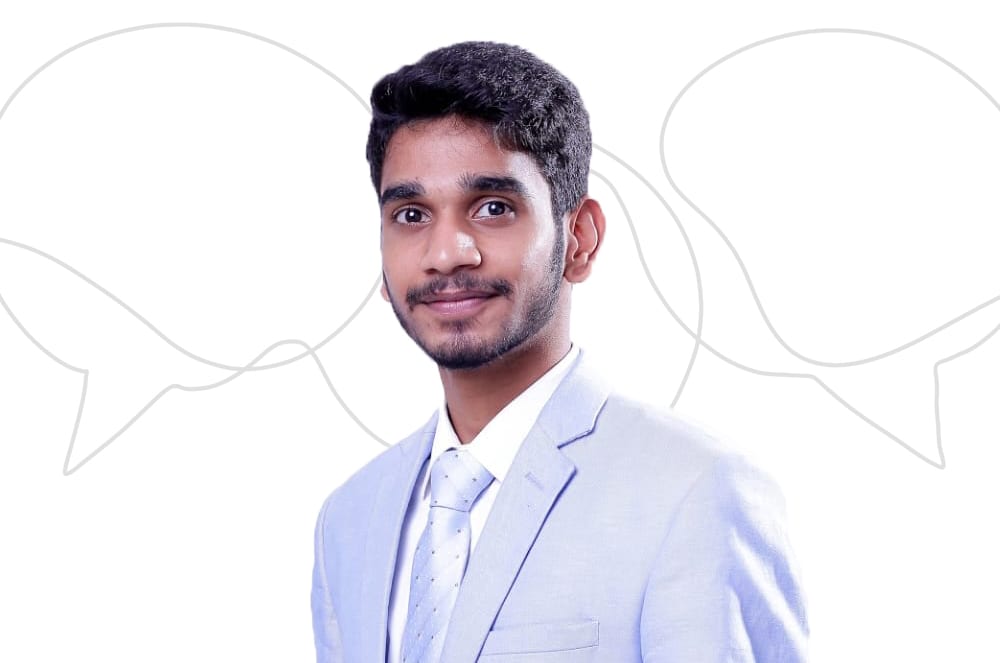
When I joined Toastmasters, I believed great speakers were those who commanded the room with strong words, compelling arguments, and boundless energy. After hearing of the title “World Champion of Public Speaking,” I searched the internet and discovered a treasure trove of inspiring speeches from past champions. I watched Ramona J. Smith deliver a speech with deliberate pauses, calculated movements, and authoritative silence, and I learned something incredible: Sometimes, the most impactful moments in a speech are those that are wordless.
I used to think that an excellent speech equated to never having any “dead air.” If I needed a word and forgot it, I used filler words to bridge the gap. Inspired by Ramona’s use of silence, I became curious—was this a common trait among other World Champions? I watched more championship speeches, including those of Darren LaCroix, AS, and Dananjaya Hettiarachchi. As I studied their delivery, I noticed a pattern. They, too, embraced silence, using well-timed pauses to heighten engagement and emotion. Their mastery of pacing and intentional pauses made their speeches even more impactful.
Beyond the power of silence, I realized another critical lesson—intentional movement. The champions’ gestures, steps, and even stillness were never random. Each movement was deliberate, reinforcing their message rather than distracting from it.
Sometimes, the most impactful moments in a speech are those that are wordless.
In his winning speech, Manoj Vasudevan, DTM, used strategic pacing and controlled gestures to command attention, making his message visually compelling. Similarly, Aaron Beverly mastered precision in his storytelling, using measured hand movements and purposeful pacing to strengthen his delivery. Cyril Junior Dim’s synchronized gestures enhanced his speech’s rhythm, making every movement feel intentional and natural. Ramona used boxing moves in her speech, and each jab emphasized a phrase.
Observing these champions made me rethink my own approach. I realized that movement should never be accidental; it should always serve the speech. Whether it’s a step forward to emphasize a key point or a pause in motion to let an idea sink in, calculated movements can elevate a speech from ordinary to unforgettable.
Inspired, I decided to apply these lessons to my own speeches. I began by first practicing how to pause. During a Toastmasters club meeting, I spoke about overcoming self-doubt and employed purposeful pauses. Following a strong point, I paused and allowed the gravity of what I was saying to land in the room. Prior to delivering my punchline, I held back a couple of seconds so the crowd would be eager to hear what I was going to say. At emotive moments, I allowed silence to create intimacy.
At first, pausing felt unnatural—I had to fight the urge to fill the silence. I took two deep breaths before continuing. This small action gave me a moment to collect my thoughts and embrace the pause, rather than fear it.
The payoff? The audience responded differently. I noticed shifts in their reactions—more nodding, leaning forward, and moments of complete silence as they absorbed my words. Unlike my previous speeches, where people would sometimes glance around or react immediately, this time, they took a moment before responding, as if the message had truly set in.
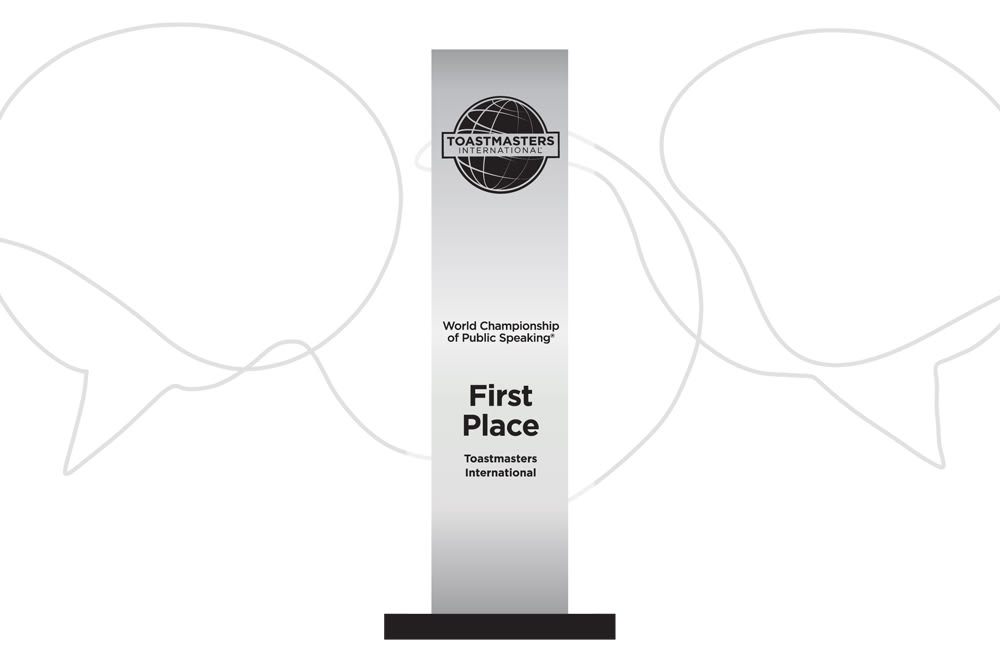
After the speech, a fellow Toastmaster approached me to share that my pauses made the speech more powerful. That was when I knew silence isn’t just a gap between words; it’s a tool that made my message resonate deeper.
The next time you go onstage, fight the temptation to hurry. Instead, take a moment, breathe, and let your silence be heard just as powerfully as your words. Instead of pacing aimlessly, plant your feet before delivering your next line. Because sometimes, what you don’t say is what really speaks.
Akash D K, DTM , is a member of TCS Maitree Chennai Toastmasters Club in Chennai, Tamil Nadu, India.
Related Articles
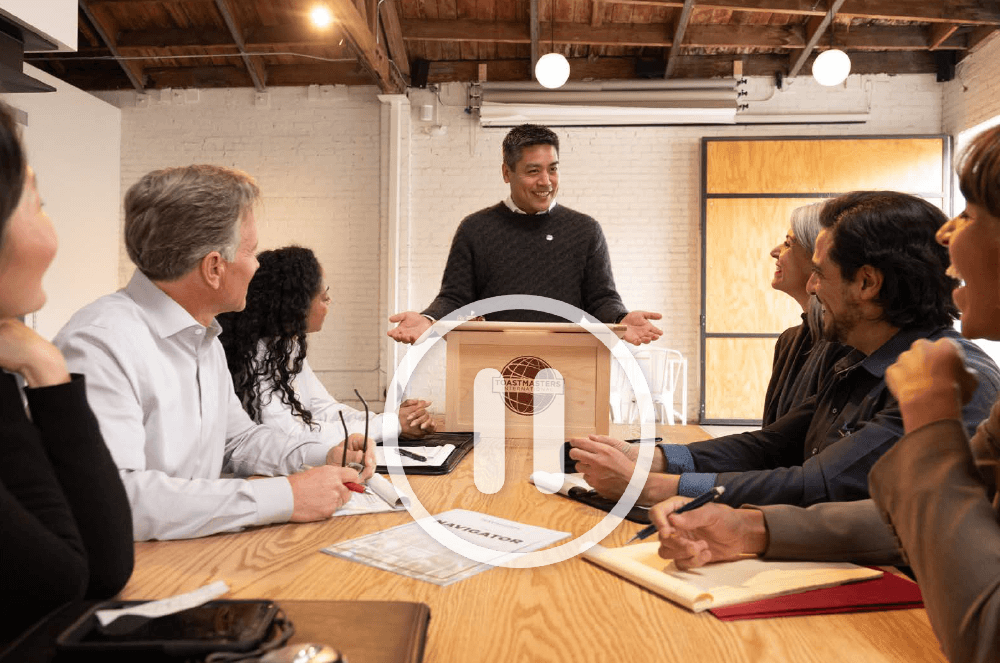
Communication
9 Surprising Ways You Can Benefit From a Pause
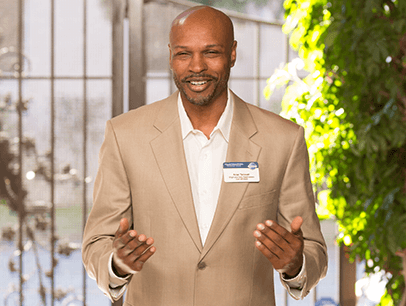
Presentation Skills
What a Nice Gesture!
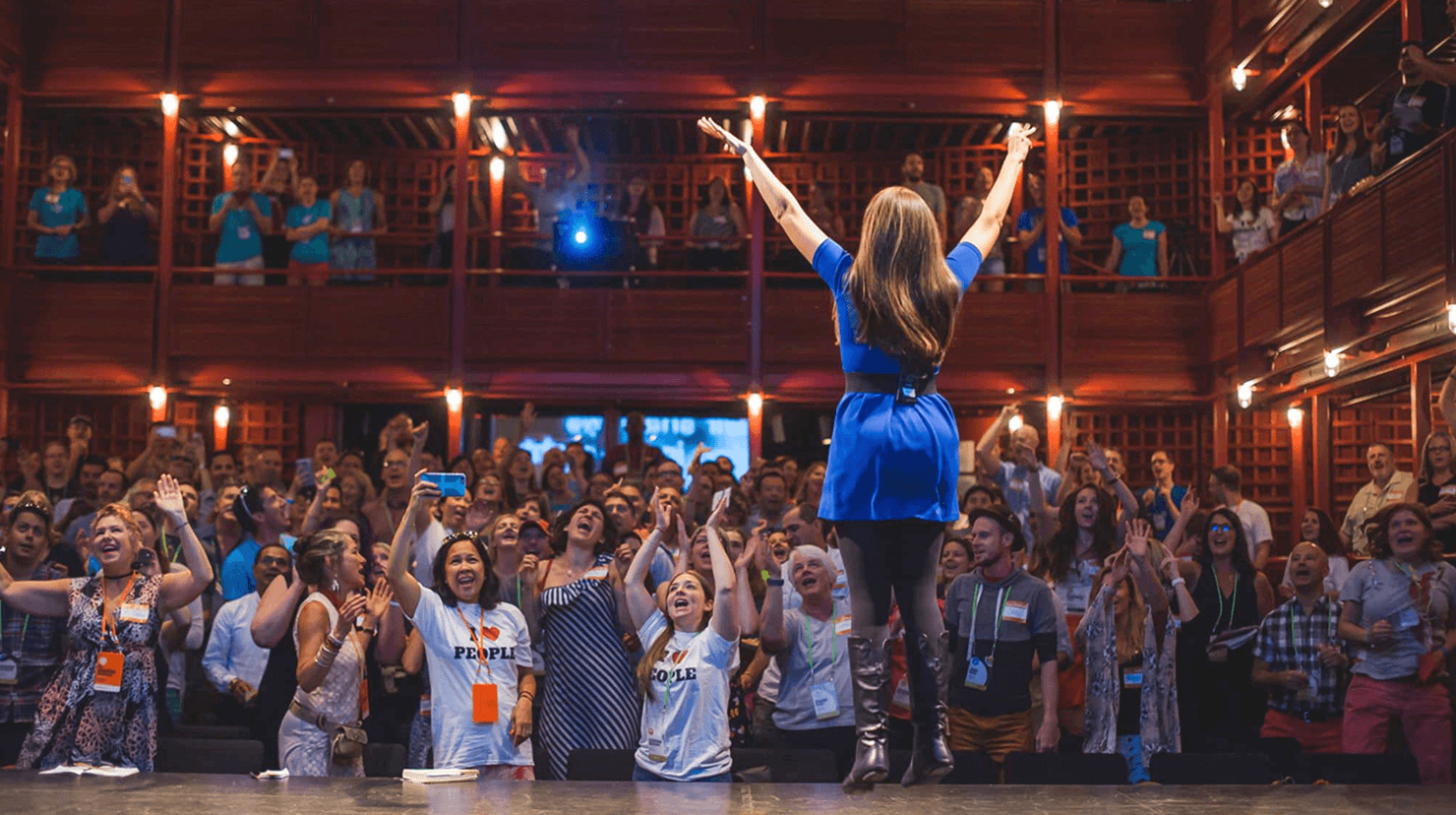
Stage Presence
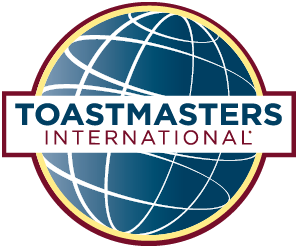
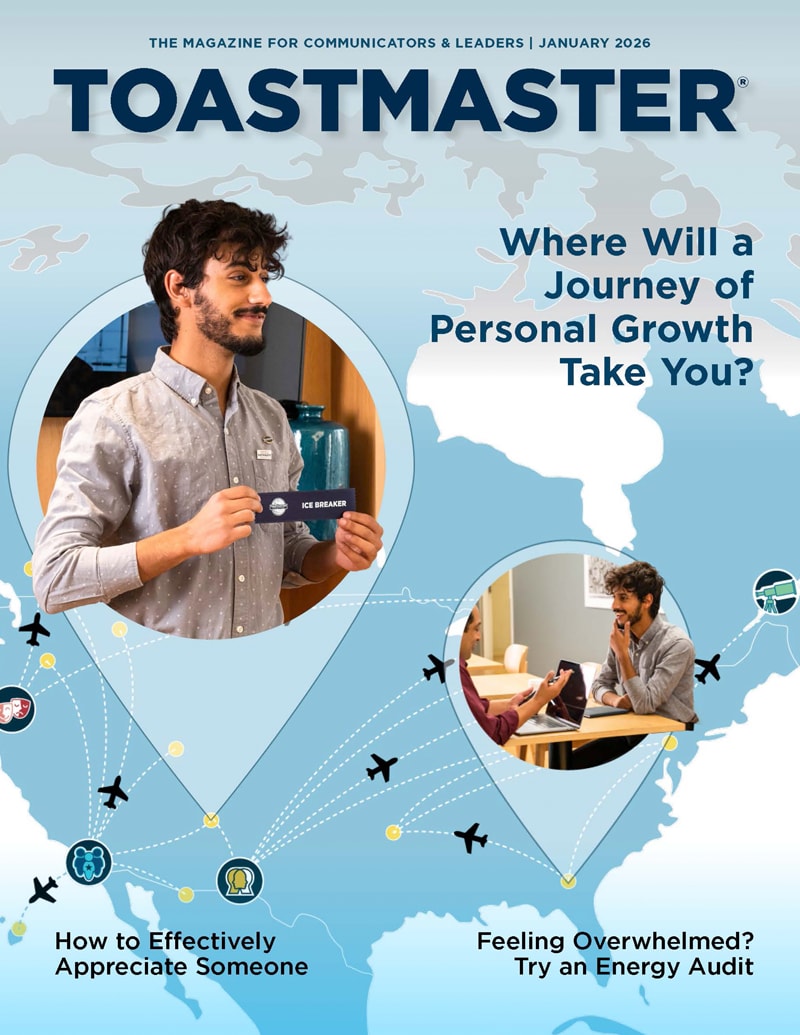

 Previous
Previous

 Previous Article
Previous Article